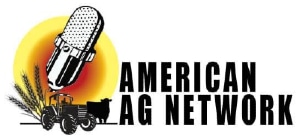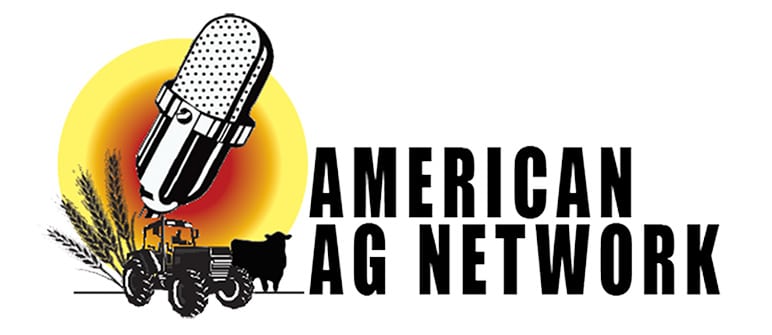By: John Somers, VP, Construction & Utility Sector, Association of Equipment Manufacturers (AEM)
MILWAUKEE – Everyone has probably heard the saying that goes something like the following: “Technology is advancing faster than ever before, and it will never be this slow again.”
It’s kind of a crazy statement, especially if you take it at face value. But it may not seem as extreme or fast if you’re only paying attention to the advancements in your particular industry. What it is, however, is exactly the reason why we all should pay very close attention to what’s going on around us and – perhaps more importantly – recognize the value of engaging in cross-industry learning opportunities.
It’s no secret the business landscape around us continues to evolve at a rapid pace. With it comes unprecedented challenges and opportunities for organizations as they seek to stay out in front of shifting customer expectations.
One specific way companies are gaining valuable information and insights is by examining what’s happening in other industries. Whether it occurs through reviewing successful best practices or adopting fresh perspectives, organizations can leverage the experiences and viewpoints of others to improve strategies and gain new perspectives on innovation.
Cross-industry learning is also something we’ve prioritized at AEM. Consider the farm-to-table movement in agriculture and its emphasis on using locally produced ingredients. Meanwhile, the energy sector is currently exploring something similar, as many utility companies today are looking into decentralized energy generation and distribution. In doing so, utilities can prepare for the reliability and resiliency the future demands, as well as more easily integrated renewable energy generation.
With all that being said, here’s what can happen when you start looking outside your own industry to gain insights:
You look further and learn from others. — Many times, we talk about “silos” internally and how organizations can break them down and foster inter-departmental collaboration. However, why not take that a step further and start breaking down the walls that surround our entire industry? After all, it’s in doing so that true innovation starts to occur.
Embracing a more open approach for our industries means typically looking at the on-road industry in order to see what may be on the horizon. Whether it’s safety innovations like object detection similar to the parking sensors in your vehicle, or regulations like engine emissions, it’s typically impacting on-road vehicles first.
But we need to go further out…
Recently, I was afforded the opportunity to participate in AEM member Twisthink’s Shared Spaces program. This engagement consisted of a four-month interactive experience which brought together 30 representatives from several different industries, including healthcare, mobility and industrial. We then participated in virtual meetings and learned about multiple different technological advancements and initiatives from each industry.
The topics discussed in Shared Spaces ranged from digitizing self-care to advanced logistics and smart cities, and some topics we’re all familiar with – precision farming, construction and robotics, to name a few. While the presentation portion of each interactive Zoom call focused on one industry, the breakout groups discussed how one trend may impact another and what a challenge in one industry could offer in terms of looking outside the normal field of view and through a different lens.
One particular discussion question of interest to me was as follows: “If Amazon was responsible for designing the movement of people throughout a city, how would they do it?” The first thing that came to my mind was suggested places along your route based on previous destinations. While it may seem easy, it could also be valuable, especially if you’re a visitor to the city.
Another thought was people being transported could deliver a few packages along the way (perhaps for a ride discount). That may be not only an attractive offer for some folks, but it may also reduce negative environmental impact by having less vehicles on the road.
You develop a learning culture. — Organizations would be wise to develop a culture of learning and fully embrace cross-industry inspiration. By encouraging curiosity and exploration, employees can step outside their comfort zones and enter a collaborative environment. With rapid change and constant innovation all around us, businesses cannot (and should not) only engage with their own industries.
I, for one, listen to a lot of real estate and home building podcasts. This may seem like an adjacent industry, but the messages are often more focused on running the business and how to encourage each person to thrive in their role and expand in a market. What it’s not about is the actual building process, and it’s absolutely fascinating.
I would encourage you to proactively look to other industries that may seem unrelated. If you’d like a structured way to explore this tactic, we’re happy to extend a special AEM member invite to Twisthink’s Shared Spaces September cohort. I found it extremely insightful and well worth the time, and I trust you will as well. Learn more information and apply to join!
The tools, technologies and resources to improve our industry is here. And, in recent years, we’ve seen a significant wave of investment, adoption and innovation. As this trend continues, it’s critically important for equipment manufacturers and the ag and construction customers they serve to become more open and receptive what’s happening around them. Because when two industries collide in the pursuit of greater insights, increased innovation and additional efficiencies, it’s often a true “win-win” scenario that leads to limitless possibilities.
About the Association of Equipment Manufacturers (AEM)
AEM is the North America-based international trade group representing off-road equipment manufacturers and suppliers with more than 1,000 companies and more than 200 product lines in the agriculture and construction-related industry sectors worldwide. The equipment manufacturing industry in the United States supports 2.3 million jobs and contributes roughly $316 billion to the economy every year.


